Yakuza 6: The Song of Life Review
A satisfying conclusion to the long running crime drama series
So here we are, a decade later and with six main-line entries released, at the end of Yakuza series. Published and developed by SEGA, the final chapter in the narrative, Yakuza 6: The Song of Life, brings a close to the journey of Kazuma Kiryu, the Dragon of Dojima, and his tumultuous relationships with the various crime families of the fictional Kamurocho district in Tokyo, Japan, and beyond.
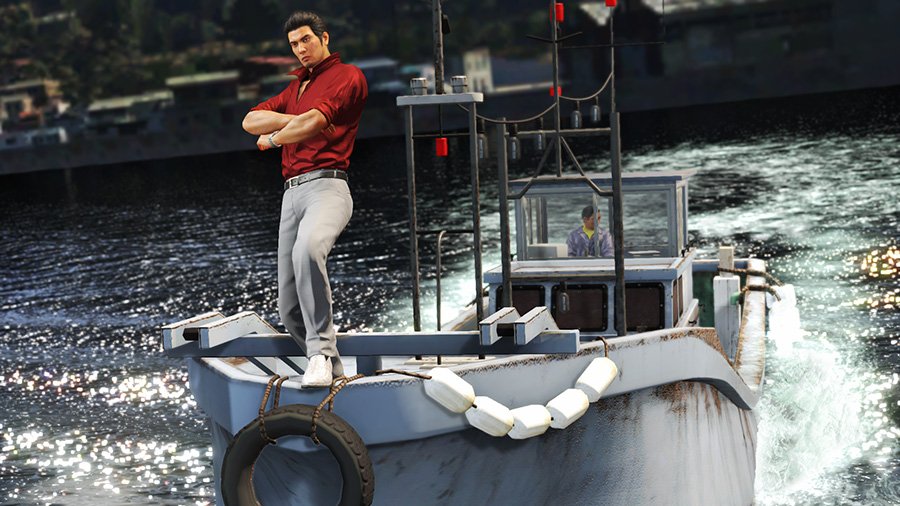
Best described as on open world action adventure game with a beat ‘em up combat system, the Yakuza games blend the cinematic presentation and style of crime films and supplant them within a gaming environment. Throughout the series, there has been just as much emphasis on the story and often convoluted plotlines as there has been on bashing an enemy’s head into a curb. As an ardent fan of the series, I have been eagerly anticipating the final chapter of a tale that began more than a decade ago.
The setup of Yakuza 6 is simple. Kiryu, the (mostly) main-stay protagonist of previous games, is locked up once again after the events of the previous game. Upon his release, he discovers that Haruka, his surrogate daughter, has abandoned the orphanage he owns and runs. In her time away, Haruka had a little baby boy, Haruto. However, when Haruka is injured and falls into a coma after a car crash, Kiryu takes it upon himself to look after Haruto, while embarking on a journey to find out who mowed down Haruka and who is the baby’s father. Not only does this quest take him to the dazzling district of Kamurocho—a facsimile of Tokyo’s red-light district—but to the sleepy yet yakuza-infested town of Onomichi in Hiroshima.
The Song of Life is an apt subtitle for the final game in the current series. It is a theme that weaves itself through every facet of the story. On the surface, you have Kiryu looking after a child in search of their parent, which mirrors Kiryu’s journey with Haruka in the first game. Without wanting to give anything away, savvy players who have been following the story since its inception will notice very similar beats along the way. Rather than retread old ground, it serves to reinforce the message of family and relationships forged along the way. If jumping into a series at number six seems a little daunting, there is nothing to fear. Each character’s relationship is glossed over within the first few hours of the game, and there are also several short character entries that sum up everyone’s place in the world.
There’s no mistaking that story is at the heart of any Yakuza game. In Kiryu’s journey through Kamurocho and Onomichi, he meets up with some familiar faces from the previous games, but the focus falls squarely on the new relationships that he’s forging. These new cast members include several members of Onomichi’s Hirose yakuza family. Tsuyoshi Nagumo, captain of the family, while starting off as an antagonist, slowly begins to side with Kiryu and help him in his quest, joined by several others of the Hirose family, including Toru Hirose, played by the legendary Beat Takeshi.
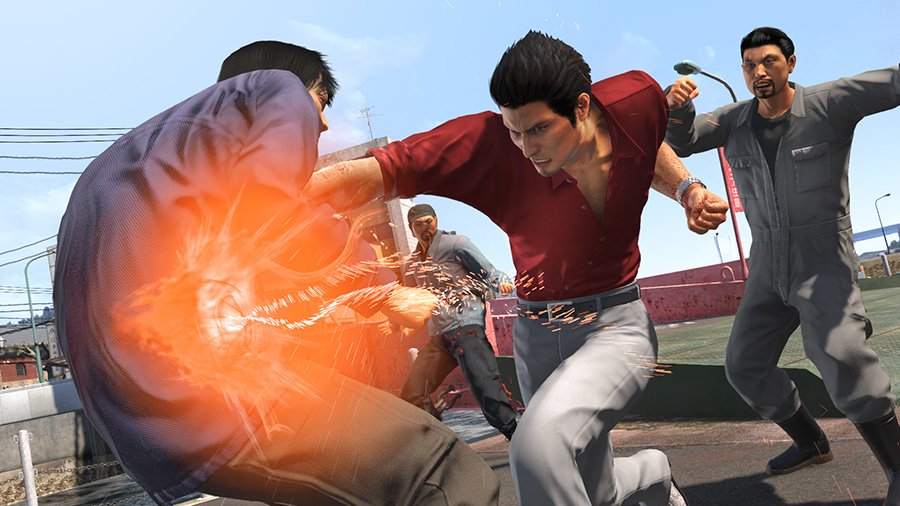
Kiryu also sees his path cross with Kiyomi, a bar owner in Onomichi and love interest of Nagumo, who helps him care for Haruto. And the cast list goes on, featuring Chinese and Korean mafia, as well as new faces from Kiryu’s Tojo clan. Everyone puts in a fantastic performance. Special shout-outs have to go to Nagumo, Beat Takeshi, and antagonist Takumi Someya, who pull off some honestly emotionally raw performances.
Without wanting to give too much away, what I’ve always admired about Yakuza games is their dedication to creating three-dimensional characters. It’s a series that will give you all the ammunition to hate characters and then flip your perceptions on a dime. The game is also not afraid to show that all its characters are vulnerable; they’ll get mad—cry, even. It seems strange to focus on overt emotions, but it’s really refreshing to see protagonists not act like stoic stone men.
Because story is such an integral part of Yakuza, it takes up a lot of screen time. While not verging on Metal Gear Solid cutscene marathons, there are occasions where you will be putting down the pad and simply watching a movie. I’m used to this and am more than happy with it. However, if you come into Yakuza 6 thinking it will be one quick punch-fest to another, you will be in for a shock. If you’re not engaged with the story, then you will be skipping over scenes quite regularly.
Like the games before it, Yakuza 6 sees Kiryu high kicking, face smashing, knife stabbing, and window throwing opponents of various sizes that he encounters around a beautifully constructed sandbox environment. Along the way, you’ll encounter side missions that explore the culture and peculiarities of our modern world, mini-games to while away the hours, and various challenges to fulfil.
Combat in Yakuza has always been simple on the surface. The sixth entry possess its most challenging combat system yet. You have your light and heavy attacks, as well as a grab. You can block and evade, too. Your combos come in the form of different light and heavy attacks. There is also the Heat gauge, which functions as a special meter. When the orbs light up, you can press a button to trigger Heat actions—brutal moves like flinging a person off a ledge or introducing their face to a baseball bat. You can also engage a state where your moves inflict higher and damage and more Heat actions become available.
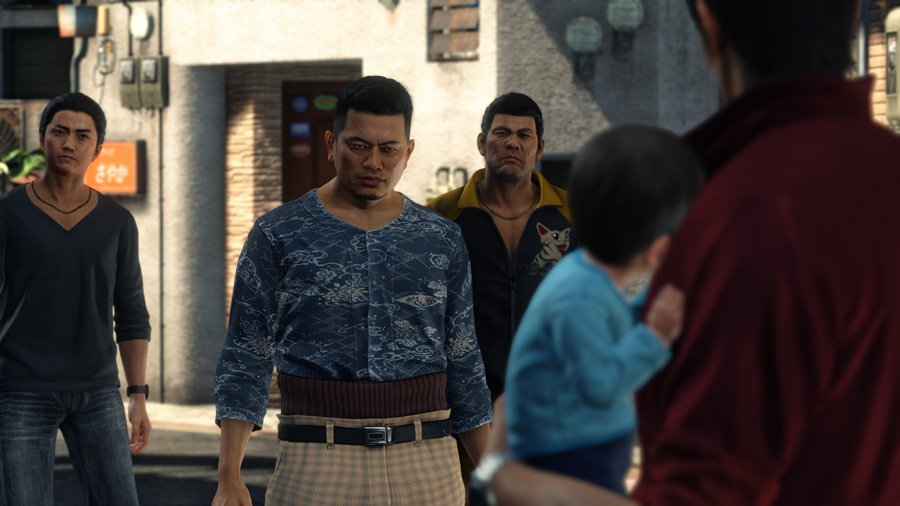
You accrue experience through battle and completing various missions. Upgrades come in several flavours, such as “specials” and “technique”. You then use these different points to level up your base stats, unlock new moves, or improve stats relating to the game’s other mini-modes. It’s simple and lets you have a sense of autonomy when increasing Kiryu’s stats. In my case, I focus on speed and counter attacks, but you can go full strength, defence, etc., if that’s your path.
Another refreshing challenge is that in Yakuza 6, enemies are not simply meat-filled punching bags. They will utilize blocking, blindsiding you, and any weapons that are lying about. I always found it funny when I was busy wailing on a thug and wondered where his friend had disappeared to, only to realize his location a moment later when a scooter or bicycle comes flying in and breaks against Kiryu’s head.
The number of enemies you encounter feels as if it has been increased. Large-scale battles were a little of a late-game oddity in previous entries. However, you’ll regularly be taking on 10+ mobs from the offset. I found that I could not solely rely on my fists. To survive, I had to be constantly strafing around foes, utilizing the various weapons on the street, and engaging my Heat mode actions regularly. Yakuza 6 finds the perfect balance of ensuring you use all the methods of destruction at your disposal.
However, in some elements, Yakuza 6 is the most stripped-down entry in the series. There are fewer dedicated side missions; instead, a good chunk of them relate to several mini-games. The last two games released outside of Japan also have different combat stances that equated to more moves/abilities to learn/level-up. Concentrating on one style does not take any of the fun out of battle. In fact, combat is the most challenging it has ever been. Despite all this, I felt I was using Heat moves and crazy special attacks less than I had in previous games. This could have been because I was not utilizing the new special gauge that I had to select manually. However, because there appeared to be fewer environmental weapons on show, I was using more of the same moves repeatedly, which did not strike me as an issue in previous games.
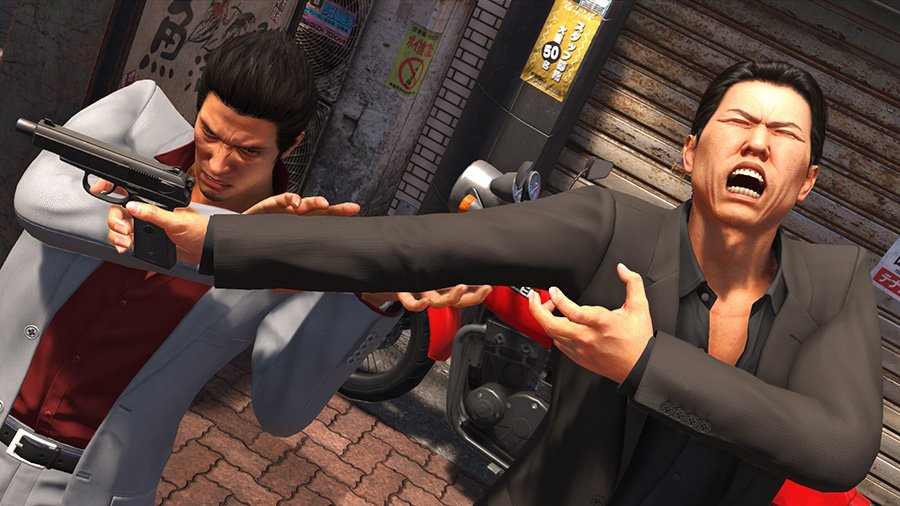
Yakuza 6’s open world is not only the best it has been in the series, but one of the most intricate sandbox environments I’ve ever been dropped in. Obviously, the game has a few elements in its favour. Kamurocho is based on a real location and is a lot smaller than typical open world games. It is easy to get lost simply wandering around the brightly lit district, looking into all the nooks and crannies and staring at the items in the shops. The inclusion of a first-person viewpoint gives the game an extra push in getting lost in surroundings. Obviously, I have some bias because I find the culture and locale quite fascinating. But even if you’re not a fan of Japan, you can still appreciate the intricacy of attention to detail.
The new game engine does away with the rather egregious pop-ins that plagued other PS4 entries of the series, and the in-engine cutscenes look gorgeous. However, it is a little jarring when you can clearly tell whose model was based on an actual person rather than fiction.
The game’s UI is clean and menus are easy enough to navigate. Kiryu even has his smartphone acting as the in-game menu, which is a nice touch. But to access the save menu, you have to go through the settings that are not very clear from the get-go. Aside from the that, it’s very simple and intuitive to navigate the game’s map, though there are instances of the game holding your hand a little too much, especially when you have an objective like “GO THROUGH THE DOOR” is marked on your mini-map and it is literally in front of you.
Mini-games have always been a staple of the Yakuza games. The sixth game takes the biggest break from the norm. You have your classic games like darts, as well as arcade games like Hang On and a few other SEGA classics—including Virtua Fighter 5 to boot. There’s a wealth of activities to keep you busy, but the most interesting mini-games is the Clan Creator and the strangest is the Cat Café quest.
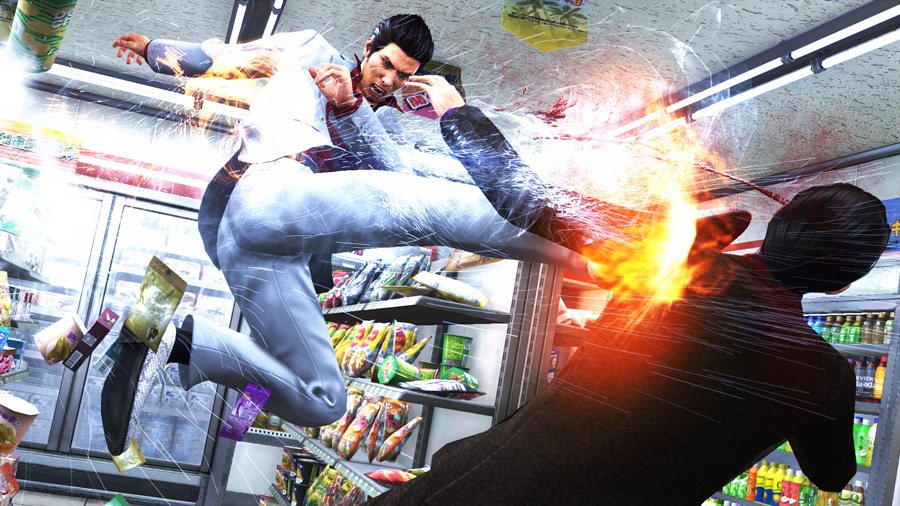
The Clan Creator functions like a mobile game, even going so far as to include special events upon release. In it, you deploy several “leaders” and normal foot soldiers to clear out linear areas from rival gangs. It’s part of a subset of side-quests in itself, related to JUSTIS, a vigilante group that has gotten out of hand. It’s all quite mindless, surprising fun and you can build your little Kiryu Clan empire with some familiar faces. The Cat Café quest is much less intensive and amounts to simply hunting down furry friends in both cities to recruit them to the café via tins of luxury feline food.
For fans of the more socially orientated games, chatting up hostess girls returns, as well as making friends at local bars, and, amusingly, internet chatrooms that shows an interesting take on the times and reflects the change in our society. Another fun and ridiculous min-game is an on-rails underwater shooter that sees you spearing fish and battling giant octopi and sharks. And because baseball is so deeply rooted in Japanese culture, there is an in-depth grassroots baseball side quest where you can play the game and recruit new characters to rise through the ranks of the league.
The one-time side quests make a welcome return, though are fewer in number than I would have liked. However, it’s all quality over quantity. Yakuza 6 also thematically ties all these quests with the threads of family. Particular highlights were the return of a cult religion built to fleece yen out of old timers, Kiryu dressing up as a town mascot and beating the stuffing out of thugs, and a social media-obsessed goon who Kiryu has to teach a lesson to. Yakuza games have always added social commentary to their quests to show how the world has changed, and they are all splendidly executed.
Finally, there’s the addition of a 2-player mode. It simply allows you to play the single player games present in Yakuza 6 with someone in the same room. So, if you’re looking to throw some darts or explore the other mini-games, it’s a fun distraction.
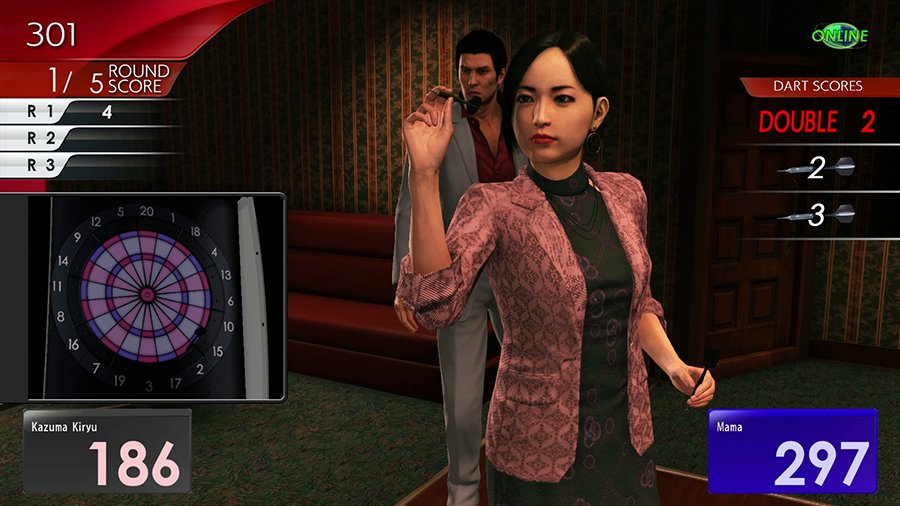
I think my critique of Yakuza 6 stems from being spoilt from other games. Yakuza 5 is one of my favourite games and I do not believe the final game in Kiryu’s tale reaches the epic heights of the previous title, and would also argue that Yakuza Zero is a superior game. Yakuza 6 feels more like an epilogue rather than a final chapter. I was hoping to be reacquainted with the ensemble cast I had grown attached to from the series, but several were simply brushed to the side very early on.
While combat is much improved, Yakuza 6 lacks the set pieces and sheer rule of cool that defined other instalments. I believe this may have been a conscious decision because this game is a much more grounded (if you can even use that word in the Yakuza universe) experience. Several fight arenas were not as memorable, aside from nostalgic locations that I don’t want to spoil. And while you do take on more horde-style enemies, open battle arenas seem to have trumped some of the fun, tighter and more claustrophobic locales and cool environmental moves you could pull off.
Ultimately, I hope we see more games in the vein of Yakuza, not just from SEGA, that aren’t afraid to let a sense of personality ooze to the surface, leaving players feeling like they’re not just embarking on a game but an experience.
 Comments
Comments




















